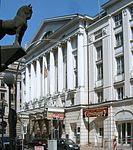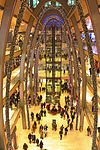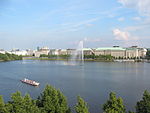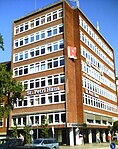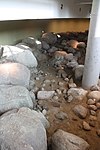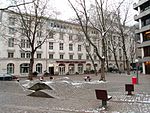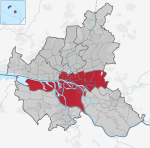Donner & Reuschel
Donner & Reuschel Aktiengesellschaft is a German bank organised as a limited company (Aktiengesellschaft) and headquartered in Hamburg. Until 2010, it was known as Conrad Hinrich Donner Bank Aktiengesellschaft. The bank specialises in private banking and has 580 employees in Hamburg, Munich and other offices. It has a subsidiary in Luxembourg, Donner & Reuschel Luxemburg S.A. In 2009 and 2010, it was recognised as Hamburg's best employer.The bank was founded in 1798 by Conrad Hinrich Donner, a Hamburg merchant and ship-owner, and originally named Hamburger Banco. It was originally a merchant house specialising in transportation and shipping. The bank has around € 9 billion assets under management.
Excerpt from the Wikipedia article Donner & Reuschel (License: CC BY-SA 3.0, Authors).Donner & Reuschel
Ballindamm, Hamburg Altstadt
Geographical coordinates (GPS) Address Phone number Website Nearby Places Show on map
Geographical coordinates (GPS)
| Latitude | Longitude |
|---|---|
| N 53.5526 ° | E 9.9965 ° |
Address
FinFutura GmbH, Standort Hamburg
Ballindamm 27
20095 Hamburg, Altstadt
Germany
Open on Google Maps
